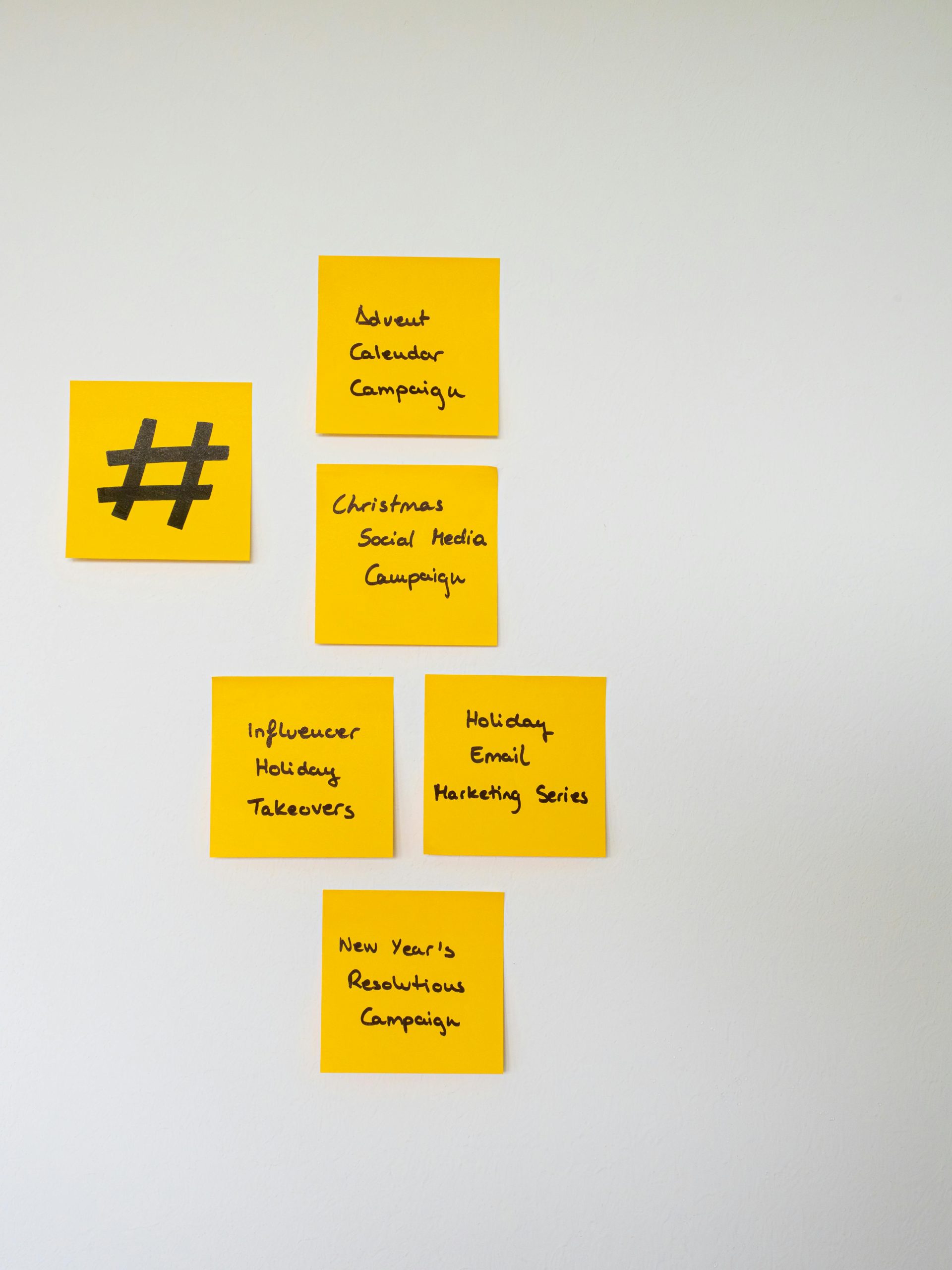Influencer marketing has become a cornerstone of modern digital strategies, offering brands a powerful way to connect with audiences through trusted voices. However, launching a successful influencer campaign requires meticulous planning, execution, and evaluation. To help you maximize your impact, we’ve compiled the ultimate influencer marketing campaign checklist—covering everything from goal-setting to performance analysis.
1. Define Your Campaign Goals and KPIs
Before reaching out to influencers, it’s crucial to establish clear objectives. Your goals will shape every aspect of your campaign, from influencer selection to content strategy. Common goals include:
- Brand awareness: Expanding your reach to new audiences.
- Engagement: Boosting likes, comments, and shares.
- Conversions: Driving sales, sign-ups, or downloads.
- Trust-building: Leveraging influencer credibility to enhance brand reputation.
Once your goals are set, define key performance indicators (KPIs) to measure success. For example:
- Impressions or reach for brand awareness.
- Click-through rates (CTR) for conversions.
- Engagement rates (likes, comments, shares) for audience interaction.
Align Goals with Influencer Tiers
Different influencer tiers serve different purposes. Mega-influencers (1M+ followers) excel at broad awareness, while micro-influencers (10K–100K followers) often drive higher engagement and niche targeting.
2. Identify and Vet the Right Influencers
Choosing the right influencers is the backbone of your campaign. Here’s how to ensure a perfect match:
Audience Alignment
Analyze the influencer’s audience demographics (age, location, interests) to ensure they align with your target market. Tools like Instagram Insights or third-party platforms can provide valuable data.
Authenticity and Engagement
High follower counts don’t always translate to influence. Look for:
- Engagement rates: A 1–3% rate is average; higher indicates strong audience connection.
- Authenticity: Avoid influencers with fake followers or overly promotional content.
Past Collaborations
Review the influencer’s previous brand partnerships. Do they align with your industry? How did their audience respond?
3. Craft a Clear and Collaborative Brief
Once influencers are onboard, provide a detailed creative brief to ensure alignment. Include:
- Campaign objectives: Clearly communicate your goals.
- Content guidelines: Specify tone, style, and key messaging.
- Deliverables: Outline the number of posts, stories, or videos expected.
- Timeline: Set deadlines for drafts and final content.
- Legal requirements: Ensure compliance with FTC guidelines (e.g., #ad disclosures).
Encourage Creative Freedom
While guidelines are important, allow influencers creative control. Their authentic voice resonates best with their audience.
4. Launch and Monitor the Campaign
With everything in place, it’s time to launch. But the work doesn’t stop there—active monitoring ensures your campaign stays on track.
Track Performance in Real-Time
Use analytics tools to monitor KPIs like engagement, reach, and conversions. Adjust strategies if certain posts underperform.
Engage with the Audience
Boost engagement by:
- Responding to comments on influencer posts.
- Sharing influencer content on your brand’s channels.
- Running giveaways or interactive polls.
Handle Feedback Professionally
Not all feedback will be positive. Address criticisms gracefully to maintain brand reputation.
5. Measure Results and Optimize Future Campaigns
After the campaign wraps up, analyze the data to determine ROI and gather insights for future efforts.
Evaluate KPIs
Compare results against your initial goals. Did you achieve the desired reach, engagement, or conversions?
Gather Influencer Feedback
Ask influencers for their perspective. What worked well? What could be improved? Their insights are invaluable.
Document Learnings
Create a report summarizing successes, challenges, and key takeaways. Use this to refine your next campaign.
Conclusion
Influencer marketing can deliver exceptional results when executed strategically. By following this checklist—defining clear goals, selecting the right influencers, crafting collaborative briefs, monitoring performance, and analyzing outcomes—you’ll set your campaign up for maximum impact. Remember, influencer marketing is an evolving landscape, so stay adaptable and keep refining your approach for continued success.
